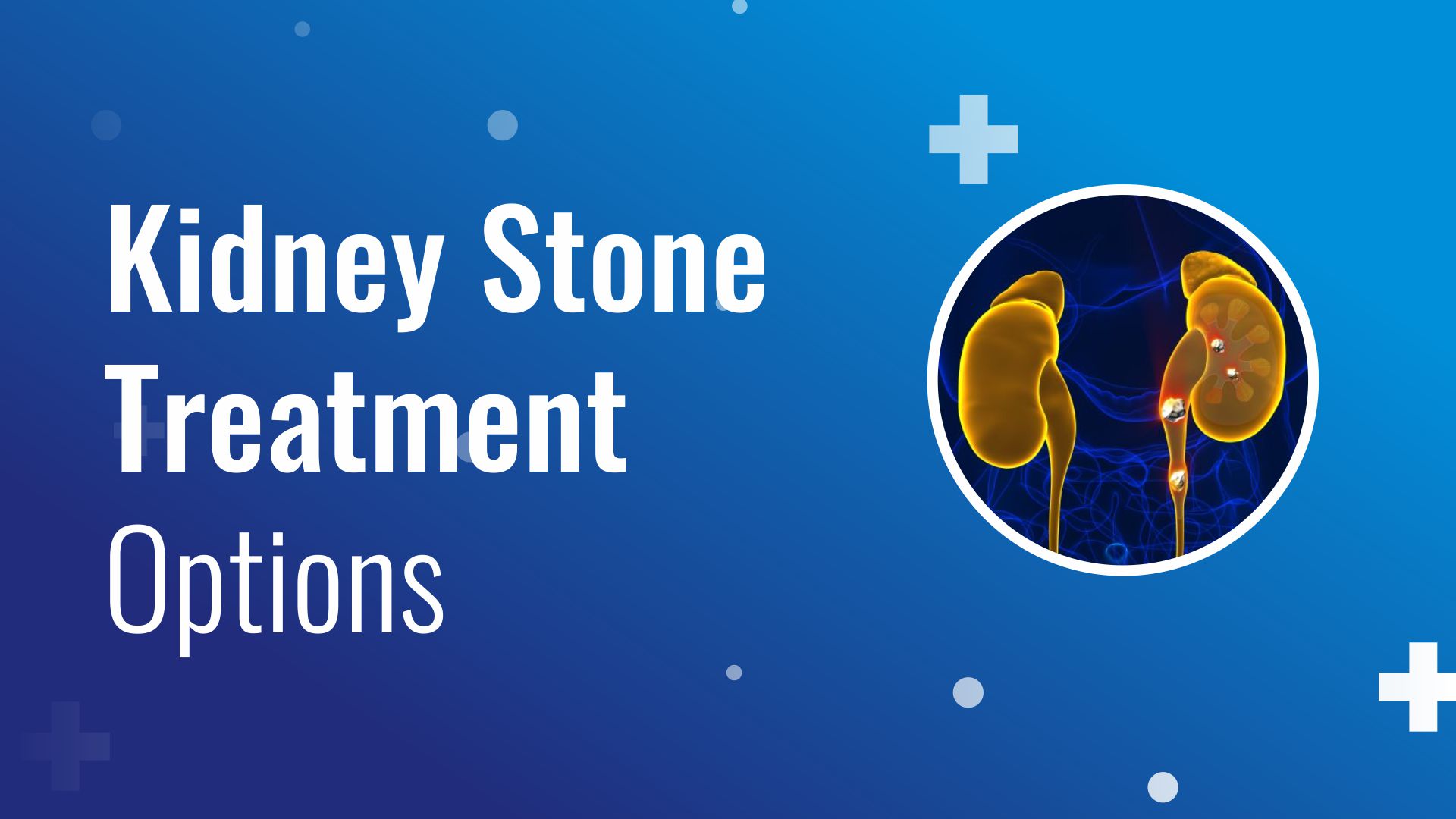When it comes to treating kidney stones, the approach depends mainly on two things: the size of the stone and where it is located in the urinary tract. These factors help doctors choose the best treatment to remove the stone effectively while reducing the risk of complications. Let’s break down the different treatment options based on the size and location of the stone.
Small Stones (Up to 5 mm)
Approach: Conservative Treatment
For stones that are 5 mm or smaller, doctors usually recommend a conservative approach. This means trying to pass the stone naturally without surgery, no matter where the stone is located (kidney, ureter, or bladder).
Conservative Treatment Includes
- Drinking More Water : Helps to flush out the stone.
- Pain Relief : Medications like Diclofenac can help manage the pain.
- Helping the Stone Pass : Medicines like tamsulosin may be prescribed to relax the muscles and help the stone move out of the body.
Why This Approach ?
Small stones often pass on their own. The goal is to make this process as comfortable as possible for the patient.
Medium Stones (5 mm to 20 mm)
Approach : Active Treatment
For stones between 5 mm and 20 mm, a more proactive treatment is needed. The specific treatment depends on where the stone is located.
Kidney or Upper Ureter Stones :
Preferred Treatment : Retrograde Intrarenal Surgery (RIRS)
RIRS involves using a small, flexible ureteroscope to reach the stone through the urinary tract. The stone is then broken into smaller pieces with a laser, which are either removed or passed naturally.
Advantages : RIRS is effective for medium-sized stones and has fewer risks than more invasive procedures.
Shock Wave Lithotripsy (SWL) used to be a leading non-invasive treatment for kidney & Ureteral stones in 1980’s. However, its role has diminished over time due to advancements in other more effective and reliable treatments.
Lower Ureter Stones :
Preferred Treatment : Ureteroscopy (URS)
URS uses a scope to directly reach and break up the stone in the lower ureter.
Advantages : URS is precise and effective, with a quick recovery time.
Large Kidney Stones (More than 20 mm)
Preferred Treatment: Percutaneous Nephrolithotomy (PCNL)
PCNL is used for large kidney stones, especially those over 20 mm. It’s more invasive but very effective.
Procedure : A small cut is made in the back to insert a scope directly into the kidney, where the stone is broken up and removed.
Advantages : PCNL is often the best option for large stones, achieving high success rates in one treatment session.
Bladder Stones
Approach : Depends on Size
Small to Medium Bladder Stones :
Preferred Treatment : Cystolithotripsy
Cystolithotripsy involves breaking up the stone in the bladder using a scope and a laser or other device.
Advantages : This method is minimally invasive and effective for smaller bladder stones.
Very Large Bladder Stones :
Open or percutaneous Surgery may be needed for very large stones that can’t be treated with less invasive methods.
Kidney Stone Treatment Options Conclusion
Kidney stone treatment is tailored to the size and location of the stone. Small stones usually pass on their own with some help, while medium and large stones often require more active treatment, such as RIRS, URS, or PCNL. Bladder stones are typically treated with cystolithotripsy, though open or percutaneous surgery may be needed for very large stones. The main goal is to remove the stone effectively while minimizing risks and recovery time for the patient.
FAQs
1. What are the common kidney stone treatment options?
The treatment options for kidney stones depend on the size and location of the stone, ranging from conservative management to surgical procedures like RIRS, URS, and PCNL.
2. How are small kidney stones treated?
Small kidney stones (up to 5 mm) are usually treated conservatively with increased fluid intake, pain management, and possibly medical expulsive therapy.
3. What is the first-line treatment for medium-sized kidney stones?
For medium-sized stones (5 mm to 20 mm), RIRS is preferred for stones in the kidney or upper ureter, while URS is the first-line treatment for lower ureteral stones.
4. When is PCNL recommended for kidney stones?
PCNL is recommended for large kidney stones (more than 20 mm) or complex stones like staghorn calculi, providing a high stone-free rate.
5. How are bladder stones treated?
Most bladder stones are treated with cystolithotripsy, a minimally invasive procedure that fragments and removes the stone.
6. What is the role of hydration in treating kidney stones?
Staying well-hydrated is crucial in preventing and managing small kidney stones by promoting their natural passage through the urinary tract.
7. What is medical expulsive therapy (MET) in kidney stone treatment?
MET involves using alpha-blockers like tamsulosin to relax the ureter muscles, aiding in the passage of small stones.
8. Are there any minimally invasive options for kidney stone removal?
Yes, RIRS and URS are minimally invasive procedures that effectively treat kidney and ureteral stones.


Leave a Reply